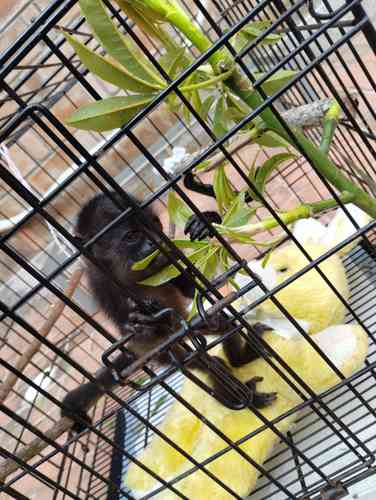The death of over 200 mantled howler monkeys in Campeche, Tabasco, Chiapas, and Veracruz has been attributed to loss of habitat, water scarcity, and increasing heat waves. A scientific team, including biologist Braulio Pinacho Guendulain and Gilberto Pozo Montuy, PhD, from the Institute of Neuroethology of the Universidad Veracruzana, is responding to the emergency in the Mexican southeast. Autopsies on the deceased monkeys and clinical studies on those under protection suggest that habitat loss has altered their diet, leading to dehydration and vulnerability to high temperatures.
Specialists warn that the area remains on high alert as the hot season continues. While there are rescue brigades providing medical attention to vulnerable monkeys, they believe more support is needed to evaluate surviving populations and acquire medical supplies. The authorities of Cunduacán and the National Commission of Protected Natural Areas (Conap) have provided lodging, food, and equipment, but additional assistance is required to address the emergency effectively.
Biologist Braulio Pinacho Guendulain received initial reports of monkey deaths, leading to his involvement in a rescue brigade in Cunduacán, Tabasco. Together with other experts, they rescue vulnerable monkeys in the Chontalpa region, where deforestation and loss of habitat quality due to an economic development plan have left the monkeys susceptible to heat waves. Gilberto Pozo Montuy highlights that deforestation has exposed the monkeys to extreme temperatures, impacting their diet and water intake.
A team of primatologists is actively working to address the emergency in the Chontalpa area, providing medical care, observing wild populations, and preparing for eventual release of protected monkeys. Despite efforts, mantled howler monkeys in Mexico face threats from habitat loss, hunting, illegal trafficking, and now heat waves, risking the balance of Mexican ecosystems where they play a crucial ecological role.
